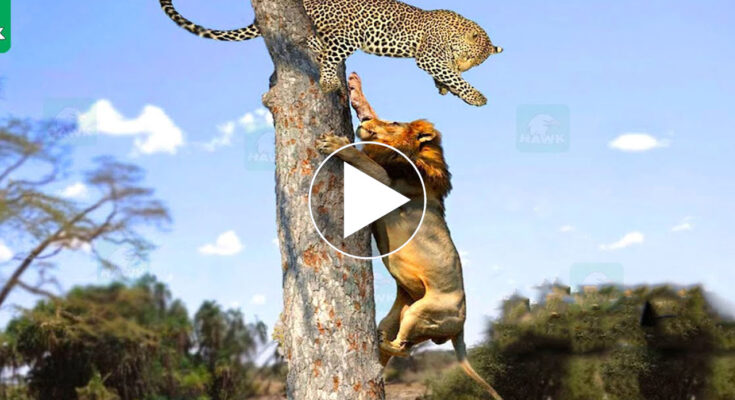When observing the interactions between large felines and other animals in arboreal environments, there are numerous errors that can occur, leading to misunderstandings and conflicts. These mistakes often stem from miscalculations in spatial awareness, where the animals may underestimate the stability of branches or their own agility in navigating the treetops. Additionally, the dynamics of territorial disputes can escalate quickly, as the presence of a rival can provoke instinctual responses that may not be well-suited for the three-dimensional challenges of a forest canopy.
Another common error involves the misjudgment of an opponent’s strength or strategy. Large cats, such as leopards or jaguars, may engage in confrontations with other species, believing they have the upper hand due to their size and predatory skills. However, the unique adaptations of other animals, such as agility or the ability to climb, can turn the tables in these encounters. This can lead to unexpected outcomes, where the anticipated dominance of the big cat is challenged by the agility and evasive maneuvers of its adversary, resulting in a fight that may not go as planned.
Furthermore, the environmental factors play a crucial role in these confrontations. The density of foliage, the type of trees, and the overall terrain can significantly influence the behavior and tactics of both the big cats and their opponents. Mistakes can arise from failing to account for these variables, leading to poor decision-making during a fight. For instance, a cat may choose to pursue a rival up a tree without considering the potential for entrapment or the risk of falling. Such oversights can have serious consequences, not only for the animals involved but also for the ecological balance of their habitat.
Apache Great White Shark.
Crocodile World Erha.
cat kisses a mouse.



